Stranger on the Inside: Photos of Tiny Toothy Catfish
Alien?
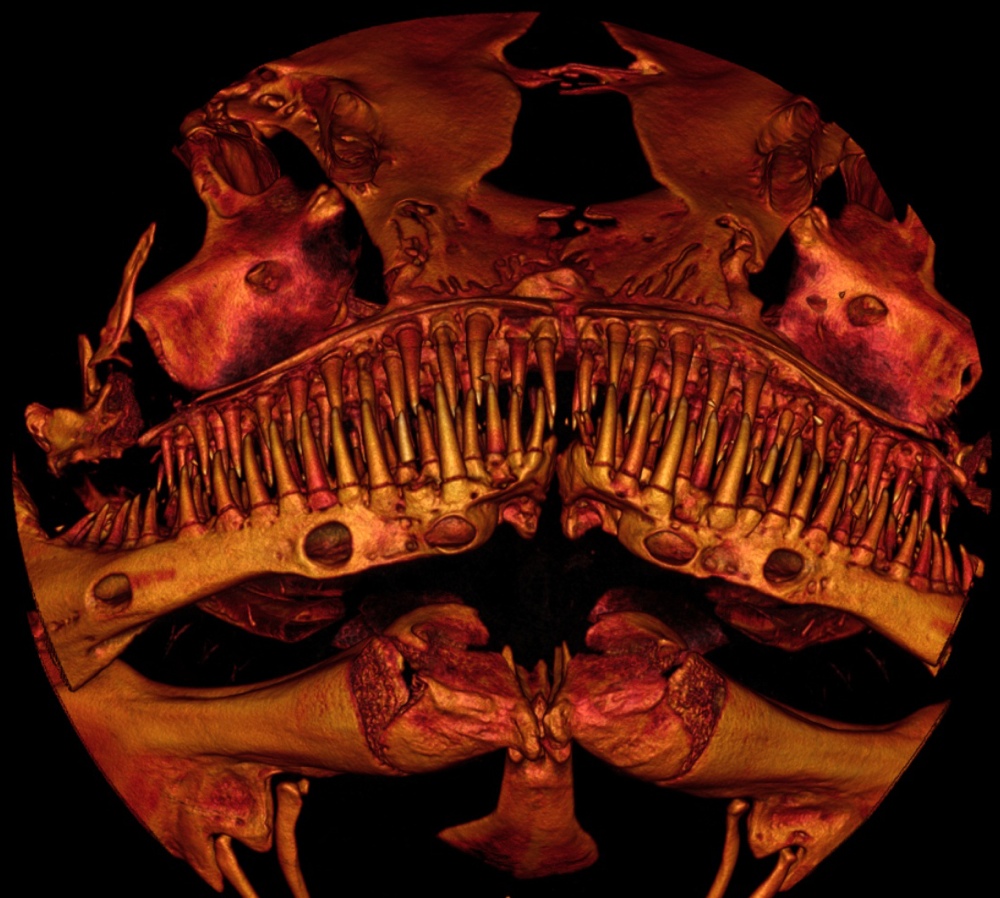
Kryptoglanis shajii, a tiny, subterranean catfish is baffling researchers, who can't seem to classify the species thanks to its strange skeletal characteristics. Here, a close-up scanned image of the bony structures in the catfish's toothy face, somewhat resembling the creature from the movie "Alien." [Read full story about alien catfish]
Western Ghats Mountains

The tiny catfish in question is rarely seen by humans, as it inhabits only one place: the Western Ghats mountain region (shown here) of Kerala, India. Though the fish lives underground, it's been known to emerge occasionally in the springs, wells and flooded rice paddies of that region. [Read full story about alien catfish]
Bony fish
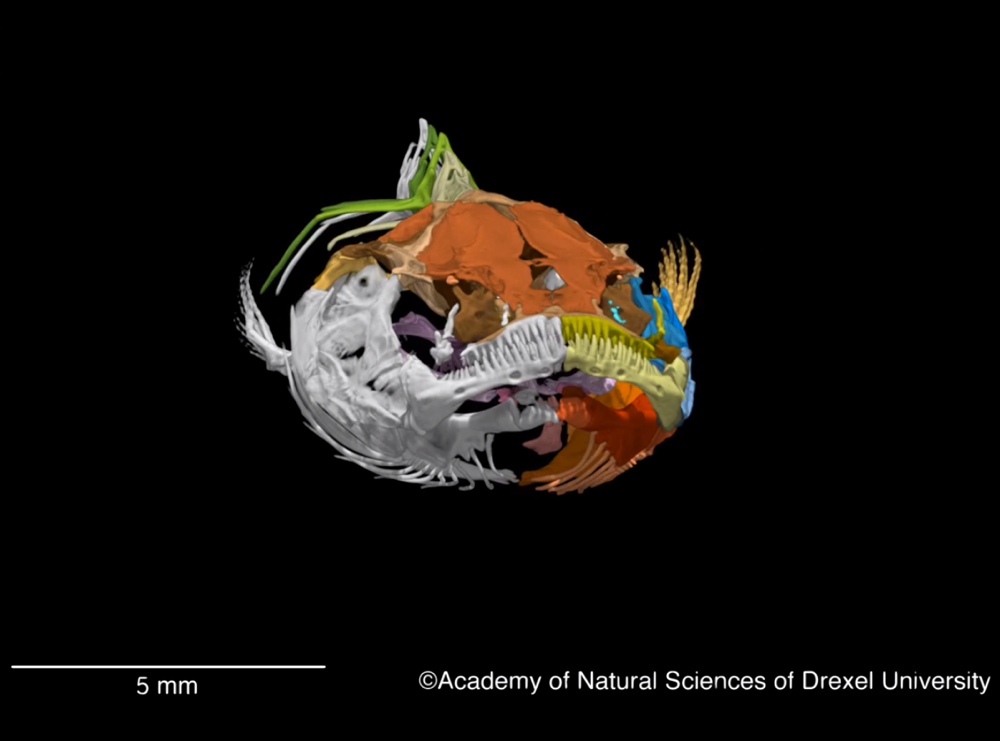
From the outside, Kryptoglanis shajii doesn't look all that different from your typical catfish, but a closer look inside the fish yielded some surprising discoveries. The researchers used digital radiography and high-definition CAT scans to study Kryptoglanis' bone structure and found that the fish is missing several bony elements. [Read full story about alien catfish]
Bone shape
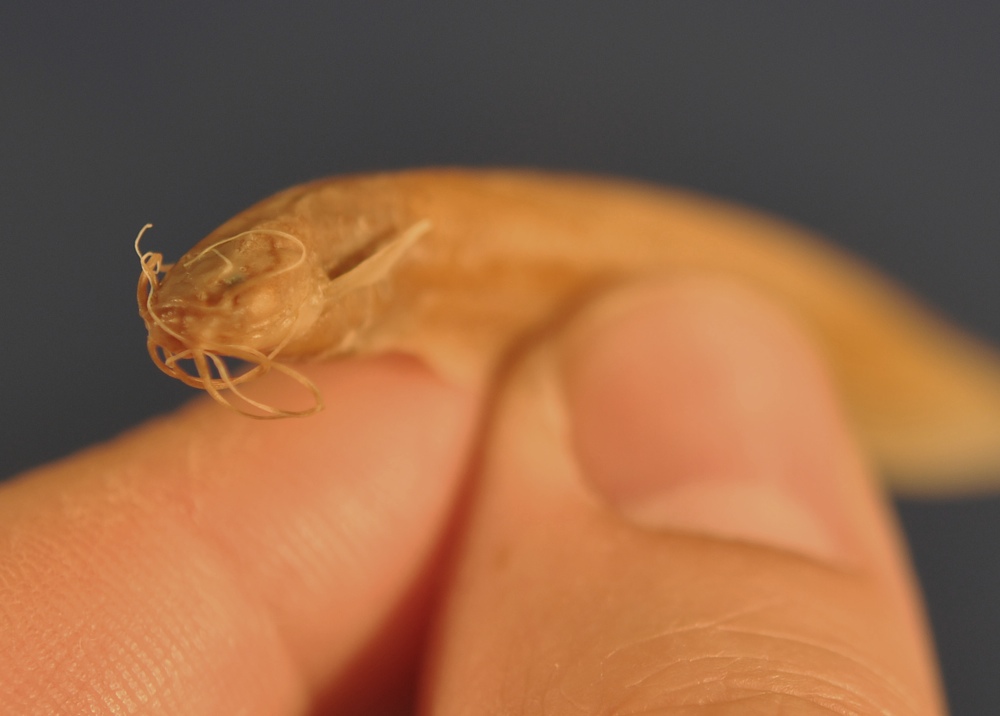
Many subterranean fish lack some of the bones possessed by others of their species. What was surprising to the researchers, however, was that the shape of some of Kryptoglanis' bones were utterly unique among fishes of any species. [Read full story about alien catfish]
Bulldog snout
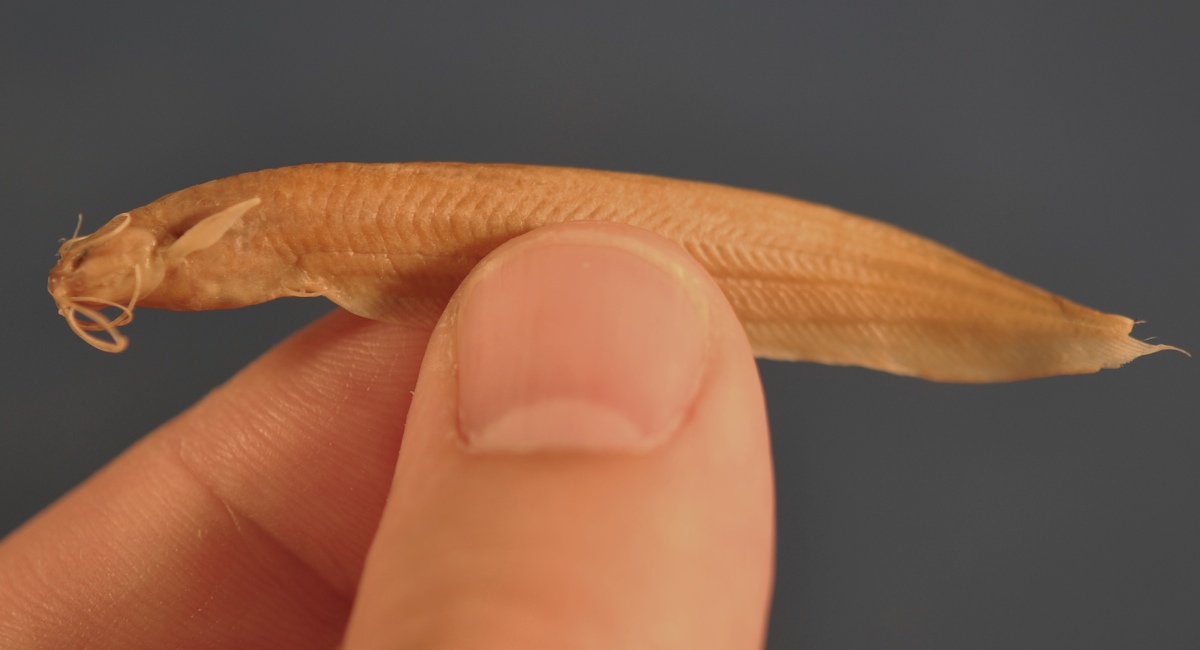
For instance, numerous individual bones in the catfish's face were modified, giving it a compressed front end with a jutting lower jaw— comparable to a bulldog's snout. Of course, most bulldogs you meet won't also possess four rows of conical, sharp-tipped teeth.
Face function
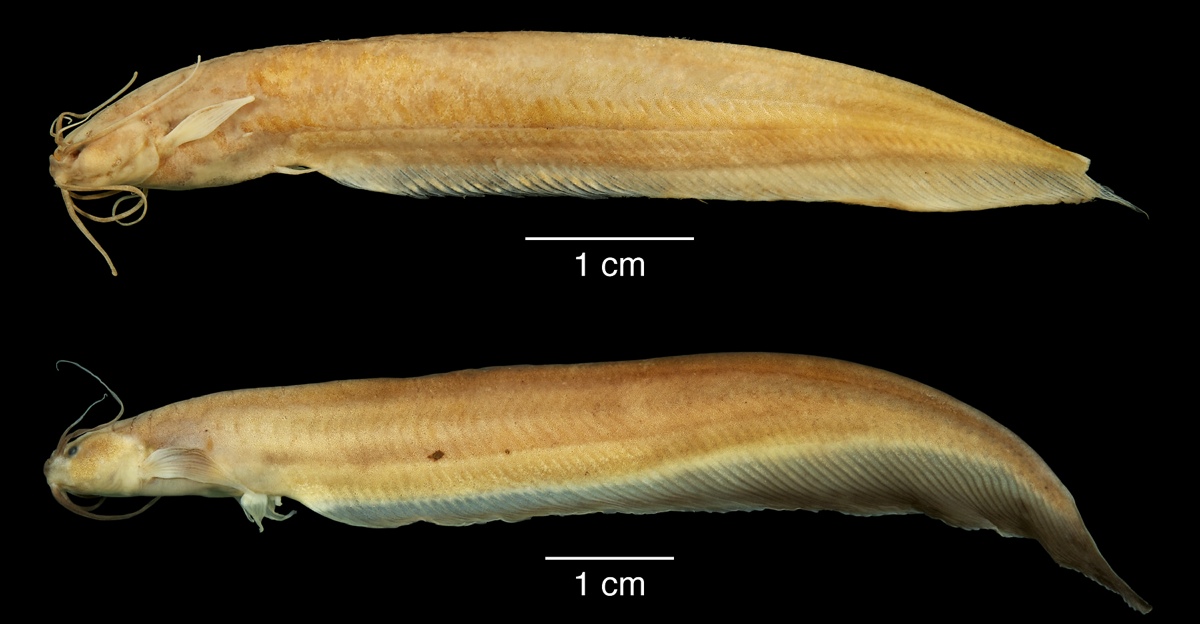
The researchers speculate that these multiple, unique bone structures in one part of the fish's body could mean that there is a functional purpose behind all that strangeness.
Lionfish

Of course, this toothy catfish has good company in the category of strange fish. Take the lionfish. This looker, which generally grow to between 12 and 15 inches (30 to 38 centimeters) long, sport venomous spines on their bodies.
Get the world’s most fascinating discoveries delivered straight to your inbox.
Pancake batfish

Another odd looker, this pancake batfish lives in waters either partially or fully encompassed by the 2010 oil spill in the Gulf of Mexico. Named Halieutichthys intermedius, this bottom-dwelling species seems to hop on its thick, arm-like fins as it moves awkwardly in the water, resembling a walking bat. "If we are still finding new species of fishes in the Gulf, imagine how much diversity, especially microdiversity, is out there that we do not know about," said John Sparks, curator of ichthyology at the American Museum of Natural History, one of the scientists who reported the discovery. [See more freaky-looking fish]
 Live Science Plus
Live Science Plus






